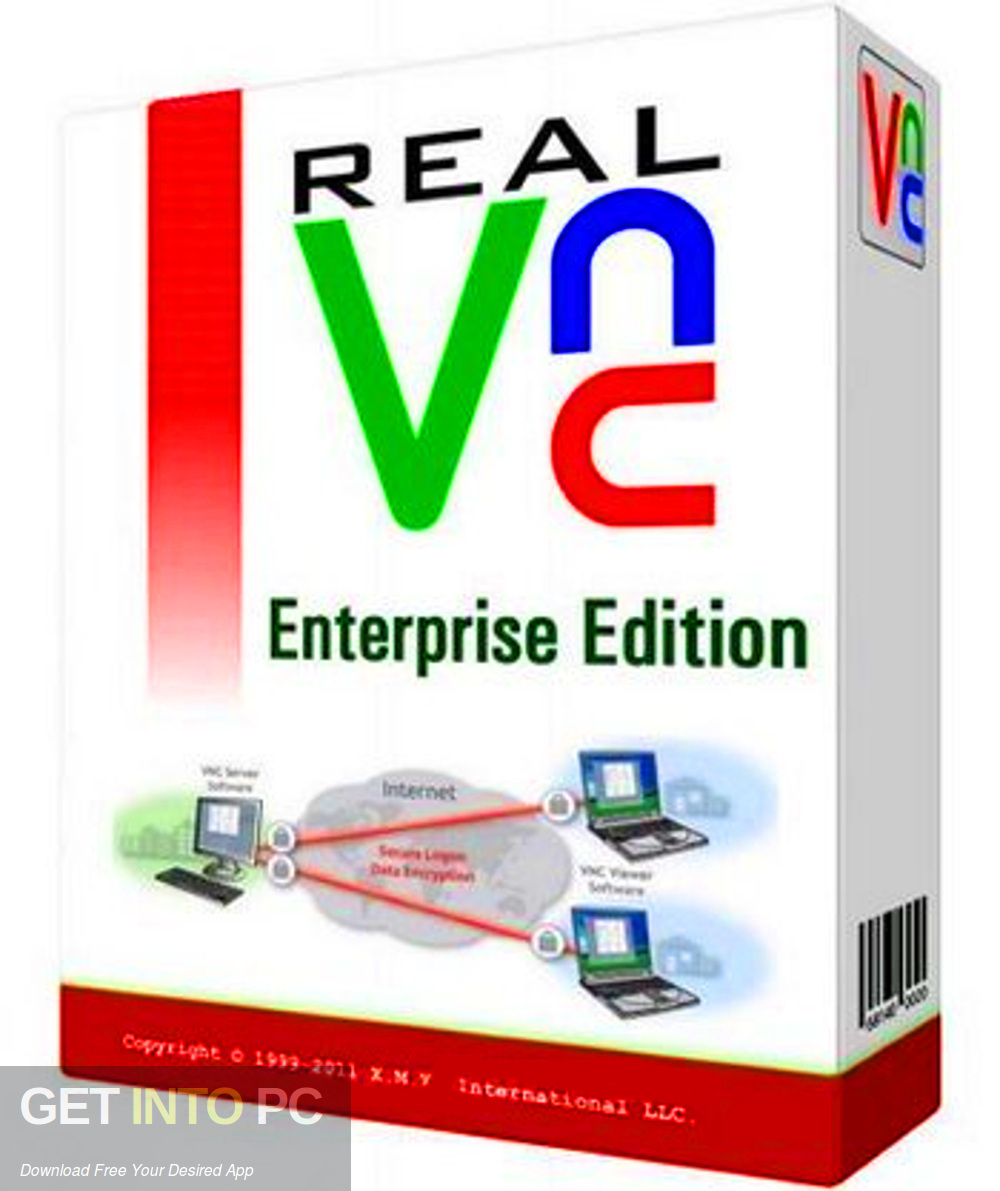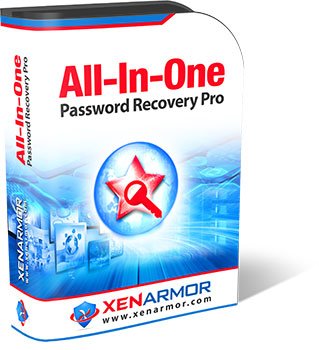

- REALVNC ENTERPRISE PASSWORD LOCATION INSTALL
- REALVNC ENTERPRISE PASSWORD LOCATION MANUAL
- REALVNC ENTERPRISE PASSWORD LOCATION PATCH
Perform the following procedure to install and configure VNC Version 4.1.2 on all servers that will use VNC. To minimize CPU utilization, limit unnecessary movements on the desktop, particularly while the server is in production. VNC may use a large percentage of CPU when you move the mouse and particularly when you move entire windows on the desktop. To uninstall VNC, choose Start > Programs > Settings > Add/Remove Programs. Cisco provides the VNC upgrade files in the operating system upgrade and/or operating system support patch, although Cisco does not automatically install these files on the server.īefore you install VNC 4.1.2, uninstall any previous version of VNC that exists on the server.
REALVNC ENTERPRISE PASSWORD LOCATION PATCH
When you upgrade the operating system or run an operating system patch on the server, make sure that you review the operating system readme document for information on upgrading VNC. If you no longer plan to use Terminal Services for remote management, disable Terminal Services. This action ensures that users must enter a Windows user name/password that the server can authenticate before starting the service.
REALVNC ENTERPRISE PASSWORD LOCATION MANUAL
To minimize security risks, set the VNC service to Manual startup and start it only during remote management. VNC limits the password to eight characters. A network scanner will show port 5900 "VNC => Remote Control Software" and allow an attacker to access the server.ĭuring the VNC installation, enter a complex alphanumeric password for VNC.


Installing VNC opens a network port, which may make the server vulnerable to attacks. For information on upgrading the operating system, refer to the documentation for the version of the Cisco CallManager upgrade that runs in the cluster.īe aware that using VNC poses a security risk by making the cluster vulnerable to attacks. Make sure that you have installed Cisco-provided operating system version 2000.4.4 (or later) on all servers that will use VNC. In this document, master server refers to the server where the user initiates, performs, and manages tasks the remote server receives the software or configuration information from the master server.Ībout Compatible Operating System Versions Review the following information before you install VNC:


 0 kommentar(er)
0 kommentar(er)
